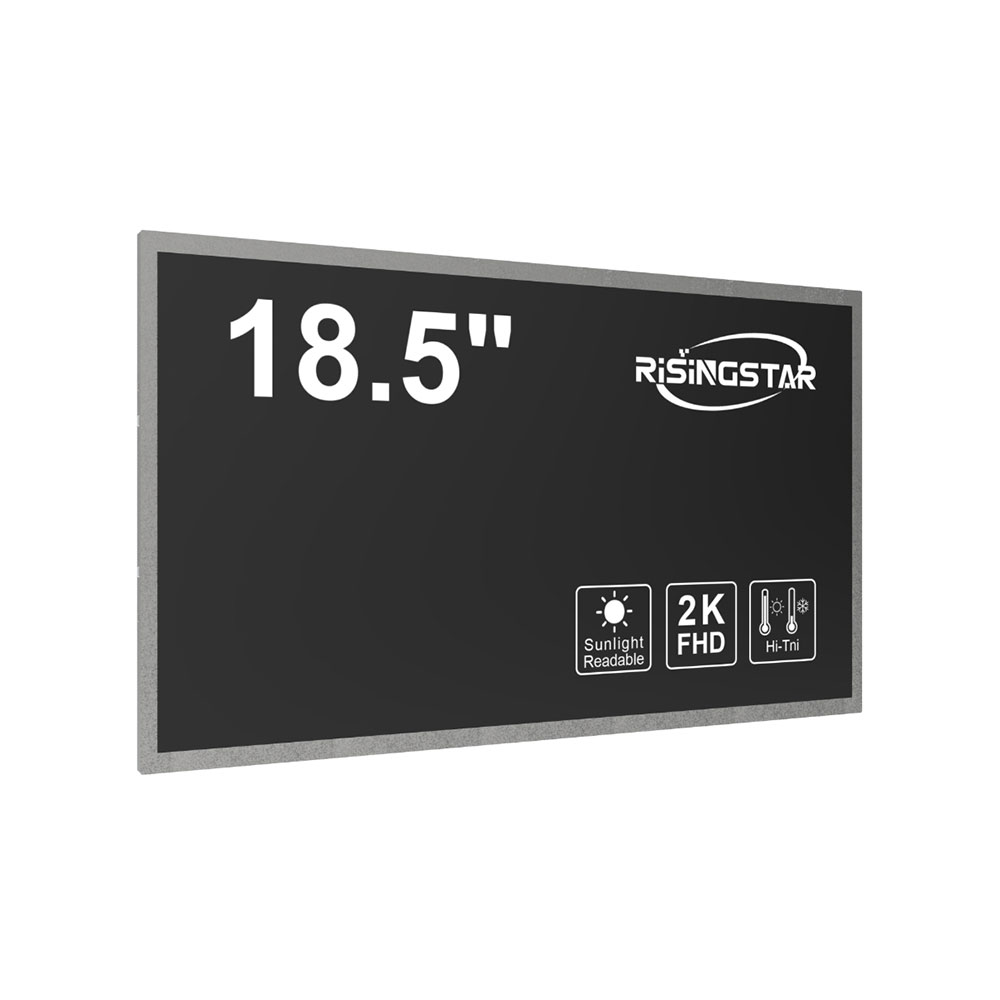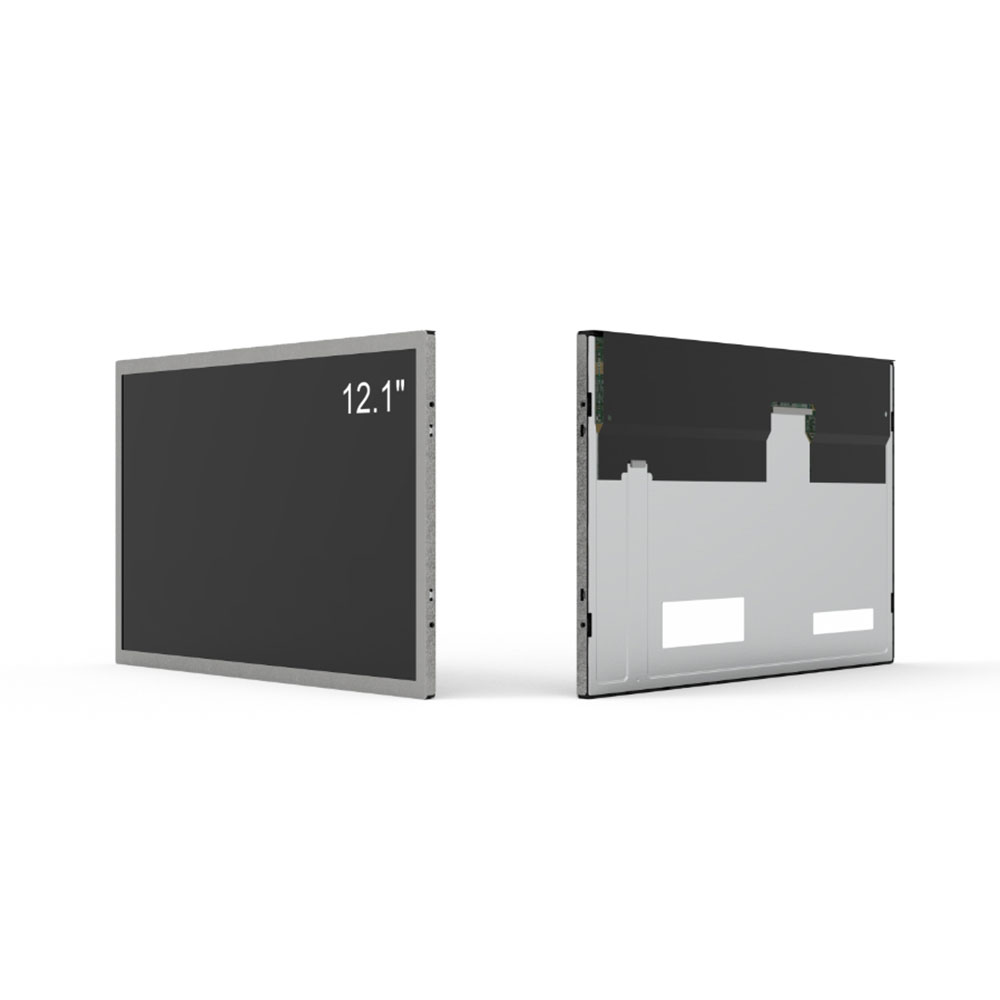Outdoor LCD screens are increasingly critical in public information systems, transportation hubs, retail environments, and industrial control panels. When selecting an outdoor LCD screen, the display ratio—specifically 4:3—is a key factor that influences both visual clarity and compatibility with legacy systems. This aspect is especially relevant for 15-inch, 17-inch, and 19-inch screen sizes commonly used in kiosks, digital signage, and command centers.
A 4:3 display ratio offers superior vertical space compared to modern 16:9 models, making it ideal for applications where text-heavy content, real-time data feeds, or multi-line interfaces dominate. For instance, in airport departure boards or hospital patient information displays, the 4:3 format allows more lines of text per screen without compromising readability under direct sunlight or low-light conditions—a common challenge in outdoor environments.
For 15-inch, 17-inch, and 19-inch outdoor LCDs, manufacturers like LG, Samsung, and Pionex have developed high-brightness (typically 5,000–7,000 nits), IP65-rated, and wide-temperature-range panels that maintain performance in extreme weather. These units often feature anti-glare coatings, LED backlighting, and ruggedized aluminum enclosures to ensure longevity in harsh environments. The 4:3 ratio remains popular in industries such as logistics, construction, and public utilities because many existing software platforms were built around this aspect ratio, reducing integration costs and system downtime.

Moreover, according to the International Electrotechnical Commission (IEC) standards for outdoor electronic displays, 4:3 aspect ratios are still recommended for applications requiring precise alignment with legacy systems or standardized dashboards. In contrast, 16:9 displays may require UI redesigns, which increases development time and operational complexity.
In summary, for 15-inch, 17-inch, and 19-inch outdoor LCD screens, choosing a 4:3 display ratio ensures better compatibility, higher usability in text-dense scenarios, and compliance with industry norms. It’s not just about screen size—it’s about how well the display fits the use case. Whether deploying in a city bus stop, a factory floor, or a parking lot information terminal, the 4:3 ratio remains a trusted, efficient solution backed by real-world performance and engineering best practices.








